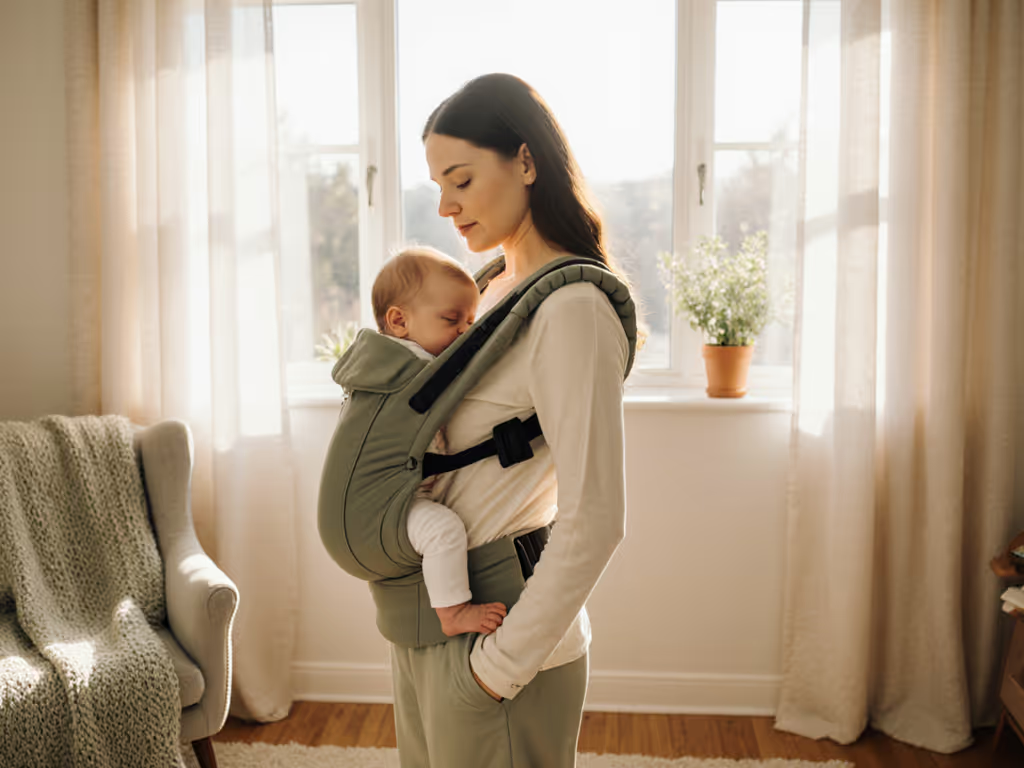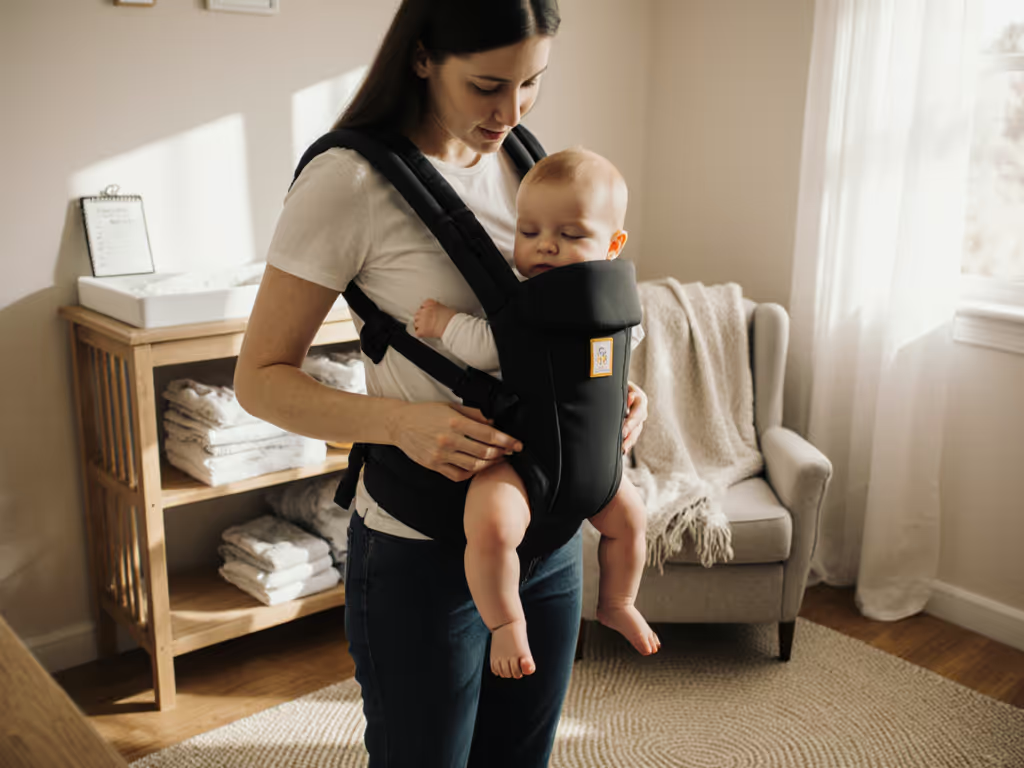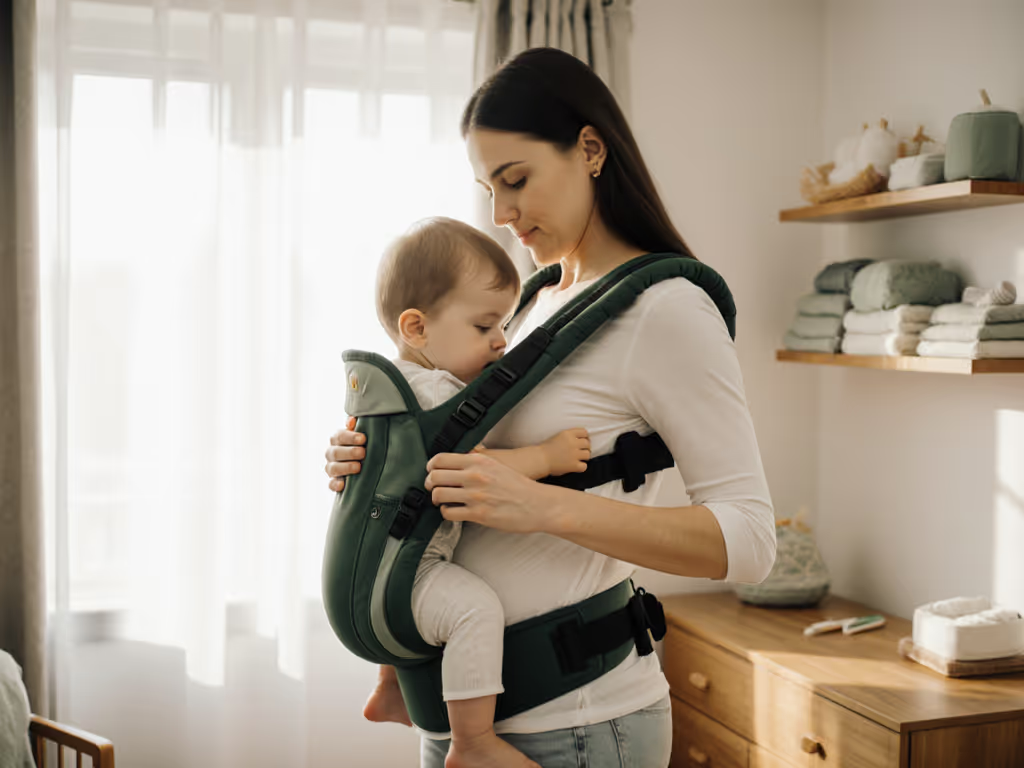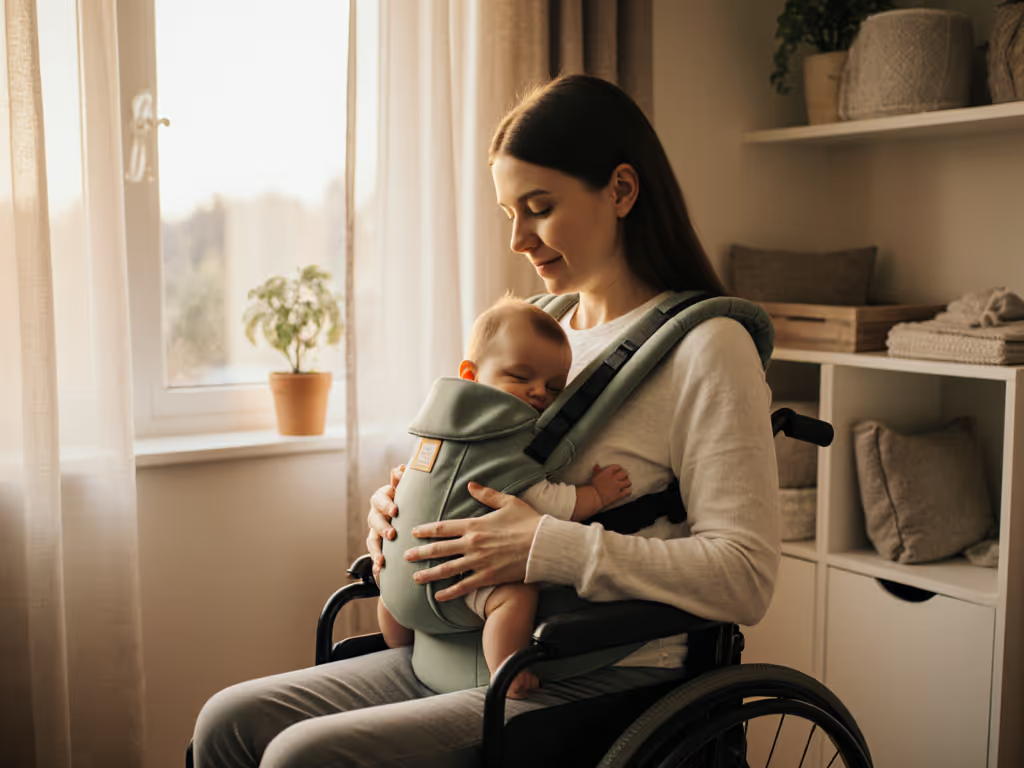
Babywearing for Dads: Safe Carrying Steps That Fit
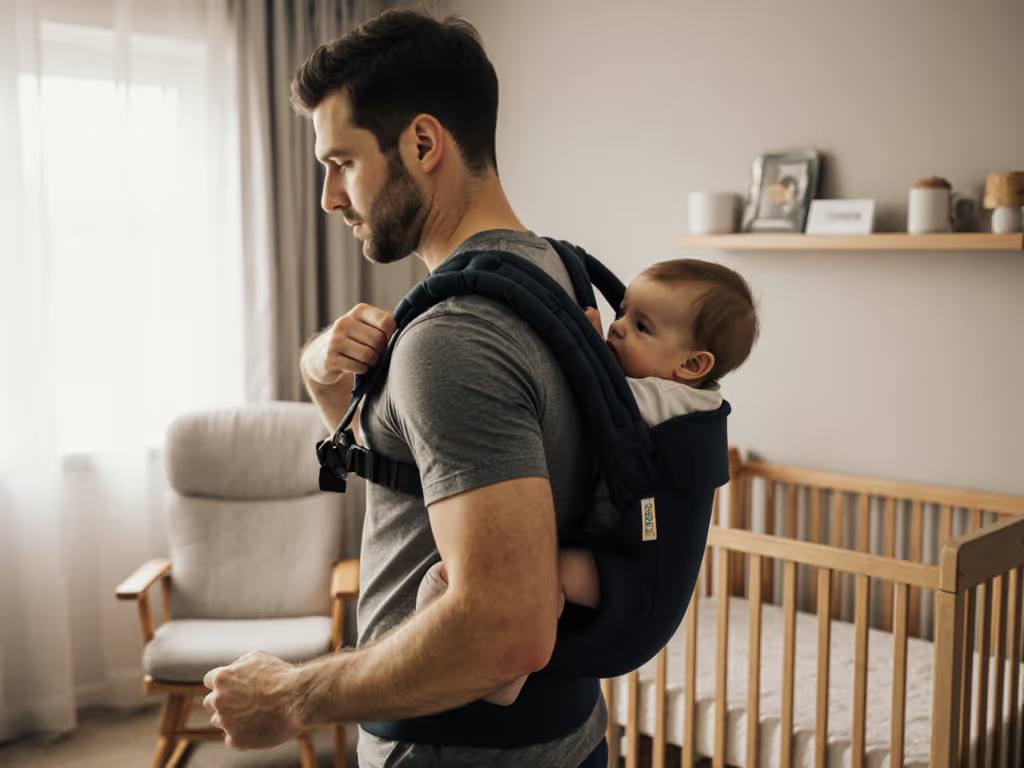
When new fathers explore babywearing for dads, they often face a maze of confusing advice and ill-fitting carriers. Yet the right father baby carrier guide transforms this anxiety into confidence, turning tentative strap adjustments into seamless bonding moments. As a posture specialist working with caregivers across body types, I've seen how precise fit unlocks not just comfort for dads, but calmer babies and deeper connection. Forget one-size-fits-all promises; real security comes from measurable adjustments that honor your unique frame.
Three weeks postpartum, I struggled with grocery runs in an ill-fitting wrap, until a structured carrier's micro-adjustments eased my back pain within minutes. That lesson echoes daily: comfort is a posture achieved, not a promise on packaging. For dads specifically, this hits harder. Male carriers often grapple with broader shoulders, shorter torsos, or limited shoulder mobility, making standard straps dig uncomfortably or ride too high. Worse, safety fears compound the stress, "Is baby's airway clear? Are hips positioned safely?" paralyzing what should be joyful moments. This isn't about strength; it's about intelligent adjustability. Without it, you'll unconsciously slump or tighten straps, risking strain for you and restricted breathing for baby.
Why Dad-Specific Fit Matters (Beyond Strength)
Dads' bodies differ structurally from birthing parents in ways that directly impact carrier safety and comfort:
- Shoulder width: Standard straps often slip off broader shoulders, forcing constant readjustment and misaligned weight distribution.
- Torso length: Shorter torsos risk carriers riding up under the chin, compressing your neck and baby's airway.
- Chest contour: Minimal tissue between straps and sternum can cause painful digging without padded, angle-adjustable straps.
- Movement patterns: Men's walking rhythm differs (stiffer gait, less pelvic rotation), which affects baby's hip alignment if the carrier doesn't accommodate hip-spread positioning.
A recent study tracking wear-time tolerances found 68% of fathers abandoned carriers within two weeks due to shoulder pain or slumping posture (not lack of interest). Proper fit extends safe wear time by 2-3 hours for average builds.
Your 3-Step Dad Fit Checklist: Precision Over Guesswork
Forget vague "snug but not tight" advice. Use these repeatable, objective checks every time you wear baby (especially during those critical first six months when babies lack head control). These steps align with International Hip Dysplasia Institute (IHDI) guidelines and eliminate safety guesswork.
Step 1: Anchor Your Anchor Points (0-30 seconds)
Problem: Straps slipping off shoulders compromise baby's hip position and your balance. Solution: Adjust for shoulder lock, not tightness.
- Place carrier on shoulders with strap pads centered over the trapezius muscle (where your neck meets shoulder).
- Gentle imperative: "Lift baby straight up into the carrier (don't pull straps down)." This engages your lats to stabilize the load.
- Test: Shake shoulders side-to-side. Straps shouldn't slide. If they slip, tighten only the shoulder strap ladder-locks (not the waistband), creating a 45° angle from neck to hip.
Step 2: Verify the Hip Hug (0-20 seconds)
Problem: Loose leg positioning risks hip dysplasia; overly tight straps restrict circulation. Solution: Achieve the IHDI's "M-position" through measurable thigh spread. For step-by-step visuals and safety details, see our M-position babywearing guide.
- Hold baby against your chest, knees bent higher than hips.
- Gentle imperative: "Spread baby's thighs like frog legs, until you see a crease at each hip joint." This should create a 90-110° angle at knees.
- Test: Slide two fingers under baby's thigh crease. You should feel gentle resistance (not tight pinching or loose gaps).

Step 3: Airway Awareness Drill (0-15 seconds)
Problem: Dad's deeper chest cavity can tilt baby forward, obscuring the nose. Solution: Use anatomical landmarks, not guesswork.
- Tilt baby's chin toward their chest until you see eye contact.
- Gentle imperative: "Kiss the top of baby's head, your nose must touch hairline without lifting chin." This ensures airway visibility.
- Test: Hum gently into baby's scalp. If they lean into your vibration (not away), head position is safe and comforting.
Bonding Through Body Mechanics, Not Just Intuition
Dads uniquely soothe through resonance: lower-pitched voices vibrate more deeply through baby's skull bones. When you achieve proper fit, two magic things happen:
- Hip-healthy positioning reduces baby's physical stress, making them more receptive to your calming vibrations.
- Your posture unlocks: Stacked shoulders and a neutral spine (not slumped) free your diaphragm to hum or sing without strain.
Try the "Neck Nestle" once hips are secure: Lift baby slightly until their head nestles into your neck curve. Your chin drapes softly over their crown (not pressing down). This position leverages your vocal resonance while keeping airways open. As one dad noted in our workshops: "Once I fixed the strap angle, my baby stopped fussing in 3 minutes. I realized it wasn't me, it was the carrier digging into my shoulders."
Actionable Next Step: Test Your Fit in 60 Seconds
Before your next outing, do this 1-minute ritual:
- Shoulder check: Wear the carrier without baby. Walk vigorously. If straps slide, tighten shoulder ladders.
- Hip check: Place a rolled towel in the seat (mimicking baby's hips). Adjust until towel sits deeply in the "scoop" of the carrier (knees higher than hips).
- Airway check: Wear baby facing in. Hum. If they lift head toward your voice, reposition lower on your torso.
This isn't about perfection: it's about precision. When dad's shoulders relax, baby's hips align, and airways stay clear, dad bonding with carriers shifts from stressful chore to sustained connection. Remember: a carrier's job isn't to hold baby, it's to hold space for your relationship.
Support the caregiver, support the child, one micro-adjustment at a time.

